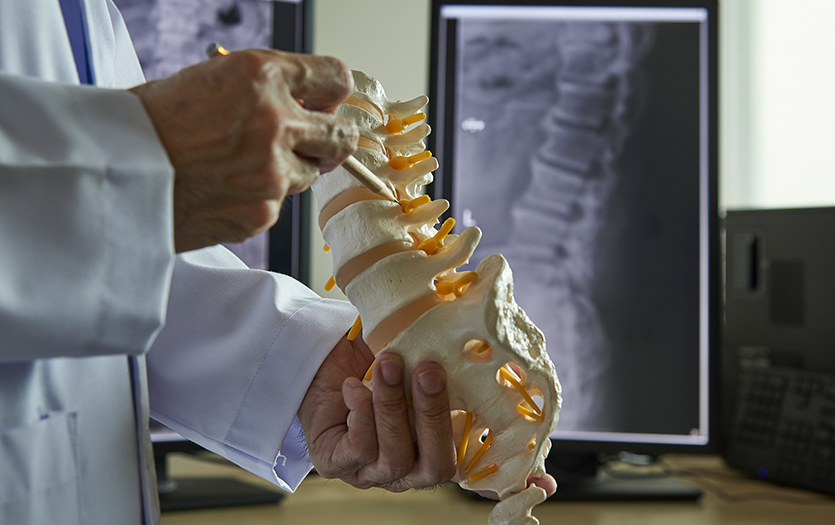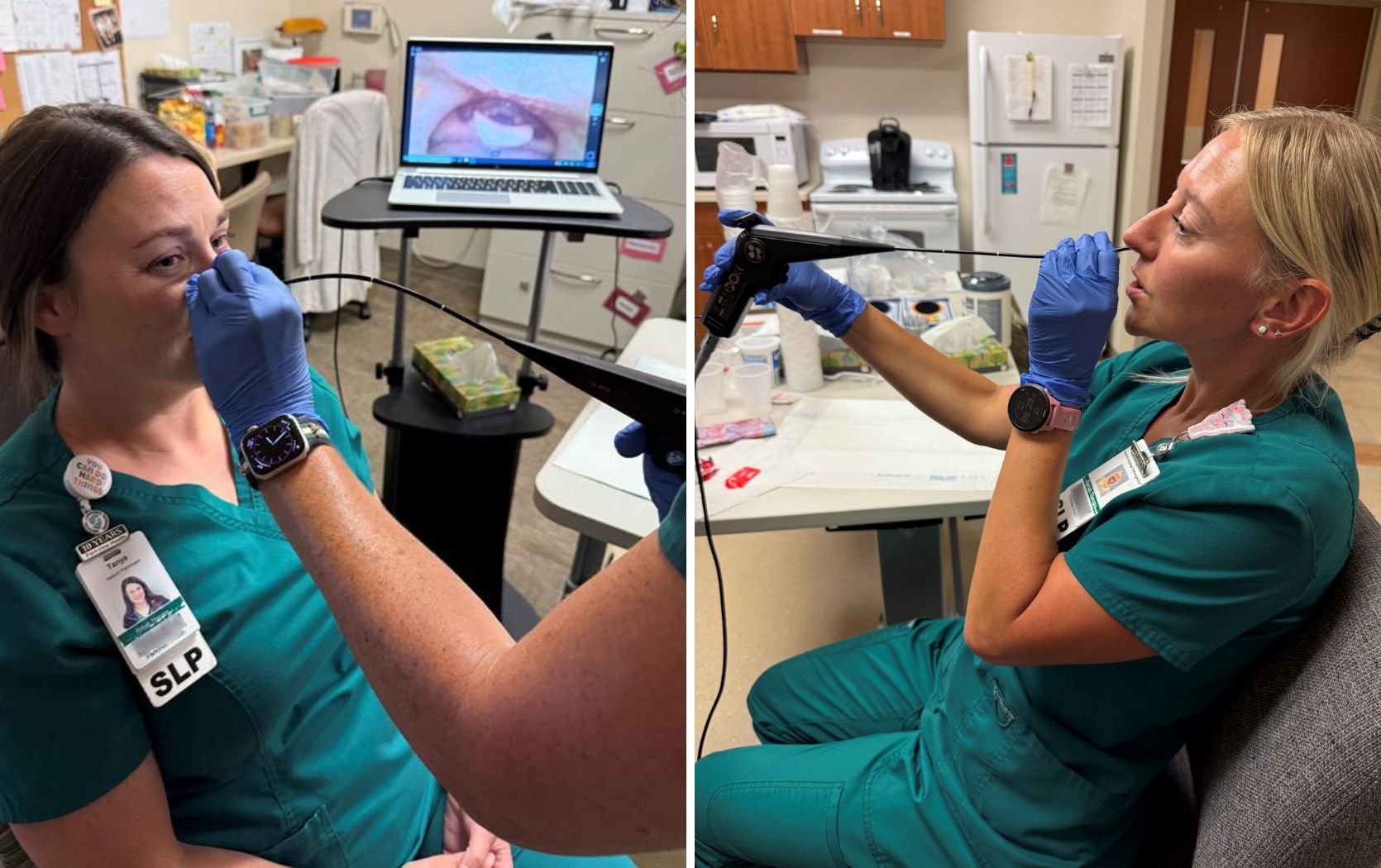
This post was written by Micah Smith, MD, orthopedic surgery, Ortho NorthEast.
When a patient requires surgical intervention for chronic back pain, robotic spine systems can assist in achieving safe and optimal surgical outcomes.
Assessing the need for surgery
People often present to us with back pain as well as pain, numbness, heaviness or burning in their legs or the back of their thighs or buttocks with walking. It’s common for us to hear patients report that they have to lean on a shopping cart at the grocery store to walk farther.
People experiencing these symptoms can seek help from their primary care provider or come directly to an orthopedic specialist. Often, the family doctor will begin with the same conservative interventions as we will.
We typically begin with physical therapy and see if that helps relieve symptoms. If that’s not working, we might explore more therapy or steroid injections. If those aren’t successful, we will explore surgery.
Common diagnoses
By the time people seek medical assistance, it could be because of new symptoms or worsening symptoms from a known diagnosis. The conditions that most often require surgical intervention are:
- Radiculopathy (a pinched nerve at the base of the spine that often presents as pain or numbness down the leg or arm)
- Stenosis (a narrowing that causes pressure in the spinal column)
- Spondylolisthesis (a slipped vertebra in the spine)
- Scoliosis (curvature of the spine)
- Sacroiliitis/SI joint dysfunction
These diagnoses can require a fusion to resolve the symptoms.
Robotics for spine surgery
We're always trying to avoid surgery, so we try to maximize conservative treatments first. If these interventions aren’t successful, and we feel the patient is a good candidate, we discuss surgery. For me, robotic surgery for the spine is almost always the preferred method.
Robotic spine surgery enables us to use technology to help make the surgical process safer. These procedures often involve placing implants, screws and cages, and with the robotic technology, we’re able to plan things out ahead of time. As the surgeon, I can map out exactly what I want everything to look like, how I want it to go and then I can reproduce that using the robotic arm. It gives me optimal control and allows me to optimize the placement and selection of the implant.
The patient gets a CT scan before the surgery and then, once they are positioned in the operating room on the day of the procedure, we get X-rays. A computer then merges the current X-ray with the CT scan to make a 3D map of the patient’s spine. With my plan and the 3D map, I can move the robotic arm to the exact position I need to work to place the screw, cage or implant.
With this technology, unlike other robotic systems where the surgeon uses an interface, often away from the operating table, I'm right next to the patient. I have my hands on the patient. I'm just telling the robot what I want to do and then the robotic arm comes in for placing screws and implants into the lumbar, thoracic or cervical spine, all of which I can see on a screen.
Even with a patient who requires revision surgery, meaning a prior fusion is no longer working or needs addressed, this robotic technology enables me to form a good strategic plan so that I can place implants and find old instrumentation. This improves outcomes for those returning for follow-up surgery.
The benefits of robotic spine surgery
Nothing about the robotic surgery system for spine surgery inhibits me. It makes the process for precise and efficient. A more efficient surgery means shorter procedures, less bleeding and less time under anesthesia medication, which decreases the risk of complications and helps with recovery.
The process for image mapping reduces the need for X-rays during active surgery, which makes the process safer for, not only the patient but also the surgeon and entire surgical staff.
The precision of the robotic procedure allows for smaller incisions and quicker recovery. The goal is to get people back up and moving. Where five to ten years ago, a spine surgery typically required a weeklong post-op hospital stay, with these newer techniques, patients typically go home the next or same day of the surgery. More and more, these surgeries can be outpatient.
And all these things add up to make a big difference. Robotic spine surgery is generally safer, especially for more complex cases.
To schedule orthopedic care in Allen County, call Ortho NorthEast at 260-484-8551 or request an appointment here, or visit this page to find orthopedic care outside of Allen County.



